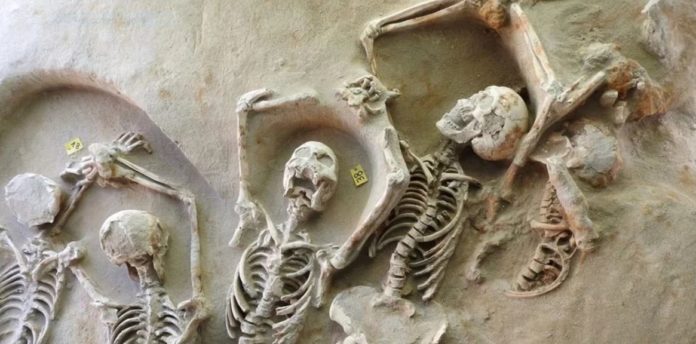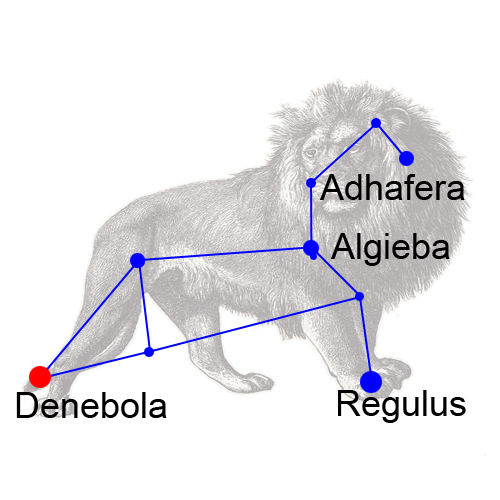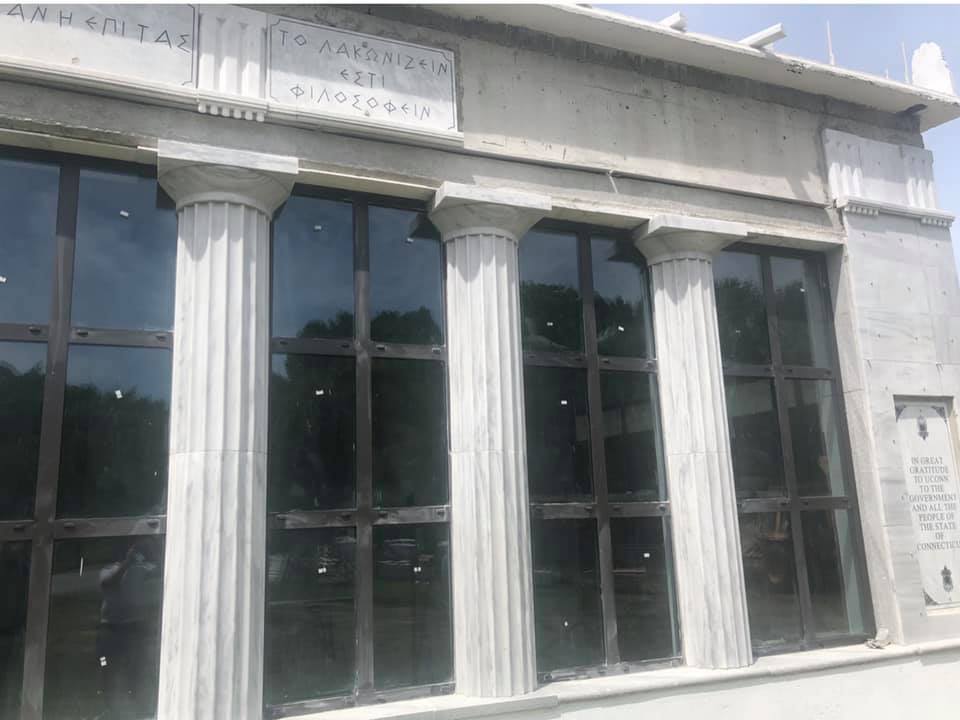Growing up, my mother taught me a good few valuable lessons, but the one that has undoubtedly kept me out of trouble most was leaning to keep my mouth shut if I didn't have anything positive to contribute to the discussion. If all you're doing is pushing air and adding venom, then it's best to just remain silent. So, now I sit unraveling discussions out, I try not to take things personal, and when I contribute to any discussion, it is with respect to the other person, their opinion, and myself.
What I like most about our commandment-like scriptures--most notably the Delphic Maxims and the Tenets of Solon--is that they make sense. Following them helps you be a better person; to practice Arête, and you don't really need to study them at all to follow them. Most--if not all--made complete sense in the ancient Hellenic culture, and as our modern culture is inspired hugely by ancient Hellas, they are often still engrained within our own; if you're lucky, you are taught them at home, or in school, like to keep your mouth shut if you don't have something positive to add.
Almost all of the Delphic Maxims fit into the Tenets of Solon in some way. Take my example of keeping your mouth shut; it's the modern stating of the ancient maxim 'Restrain the tongue' (Γλωτταν ισχε). This maxim, along with few other (most notably 'Control yourself' (Αρχε σεαυτου), 'Control anger' (Θυμου κρατει), 'Pursue honor' (Δοξαν διωκε), 'Long for wisdom' (Σοφιαν ζηλου), 'Exercise nobility of character' (Ευγενειαν ασκει), and 'Make just judgements' (Κρινε δικαια)) make up Solon's tenet of 'Make reason your guide'--or what I like to remember as the modern 'Think before you act'.
I am not an authority on ancient Hellenic philosophy, by far, but I do want to mention Plato and his student Aristotle for a moment, as we are discussing common sense. I love the English term 'common sense'. The Dutch equivalent means 'logical thought', and does not quite pack the same punch. Common sense implies that what is morally and ethically right or wrong is understood by the community which the individual is a part of; as such, actions are culturally understood to be either right or wrong. Plato believed in a Good that did not chance according to circumstances and individual folly (paraphrasing here, there is far more nuance in his actual writings). As such, the Platonic ideal is autarkia (αὐτάρκεια)--self-control and self-sufficiency--which would only be possible if we assume that our lives are under the sway of the idea of the Good that would be universal and therefore unchanged by any external circumstance.
Aristotle disagreed, saying that ethical deliberations and choices are always determined by the particular situation that we are in, where the right course of action can never be determined in advance. If human action were governed by rules--laws, maxims, tenets--then we would never have to deliberate about our actions, because it would always be clear and transparent what the correct action is. We would simply have to learn these rules in advance to be sure that we would not make the incorrect and unethical decision.
Taking an example from my more eclectic Pagan days: are you allowed to defend yourself against the burglar who enters your home and threatens to kill your family, even if it means killing him? This is why we have addendums to our laws; murder is forbidden, but if self-defense can be argued, you might walk away without (external) punishment.
The maxims and tents are guidelines, and if regarded as such, Plato's ideals of Good and autarkia are valuable, because just looking at the list of Delphic maxims, it is easy to envision these ideals were shared throughout the whole of Hellas. They even resonate well with modern society. Yet, as Aristotle points out, using maxims and tenets as laws is futile; there will always be situations where any of these guidelines will lead to an evil action, or one with great cost to the individual and those around him. Moderation is in order, therefore, and it so happens to be that that is one of the most important and well known Delphic Maxims: Nothing to excess (Μηδεν αγαν)
-
Wednesday, June 30, 2021
ancient Hellenic culture Aristotle Delphic Maxims ethics Hellenismos 101 Paganism Plato Solon temperance








